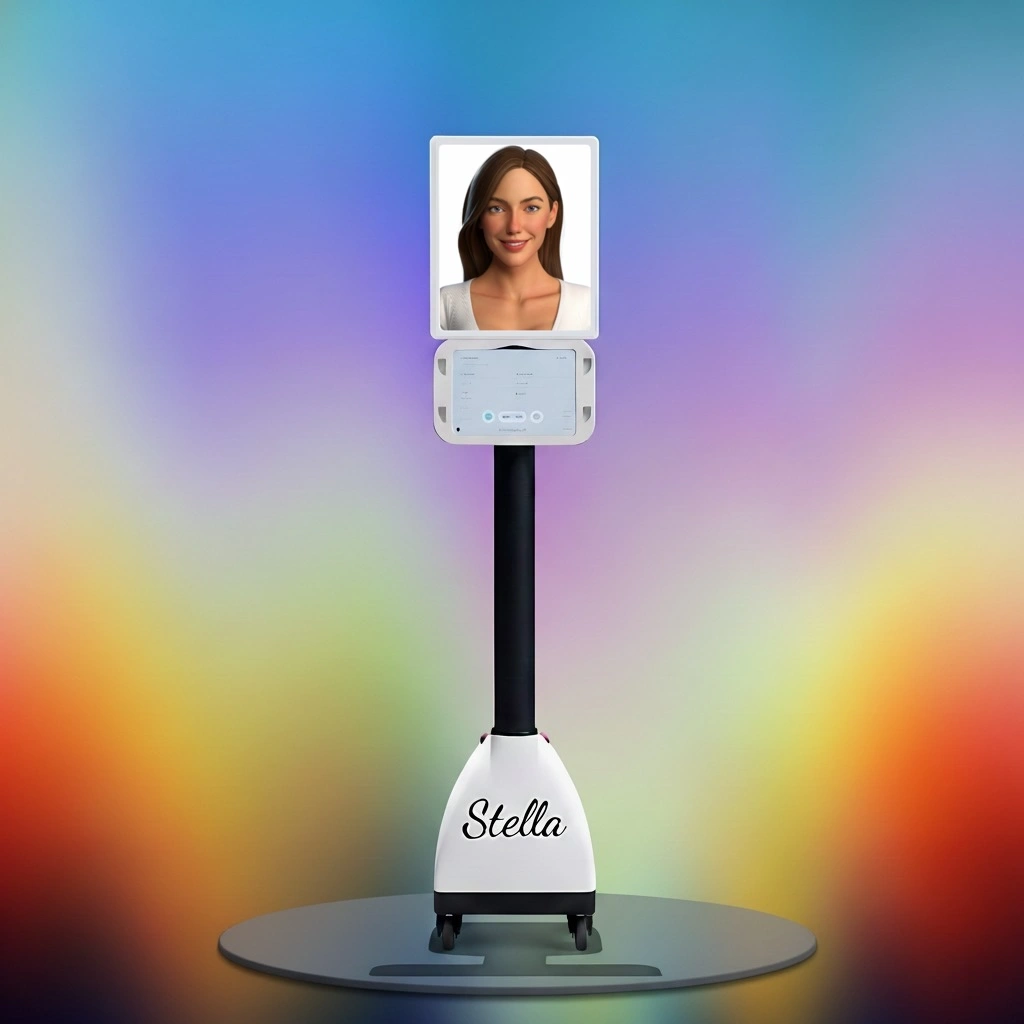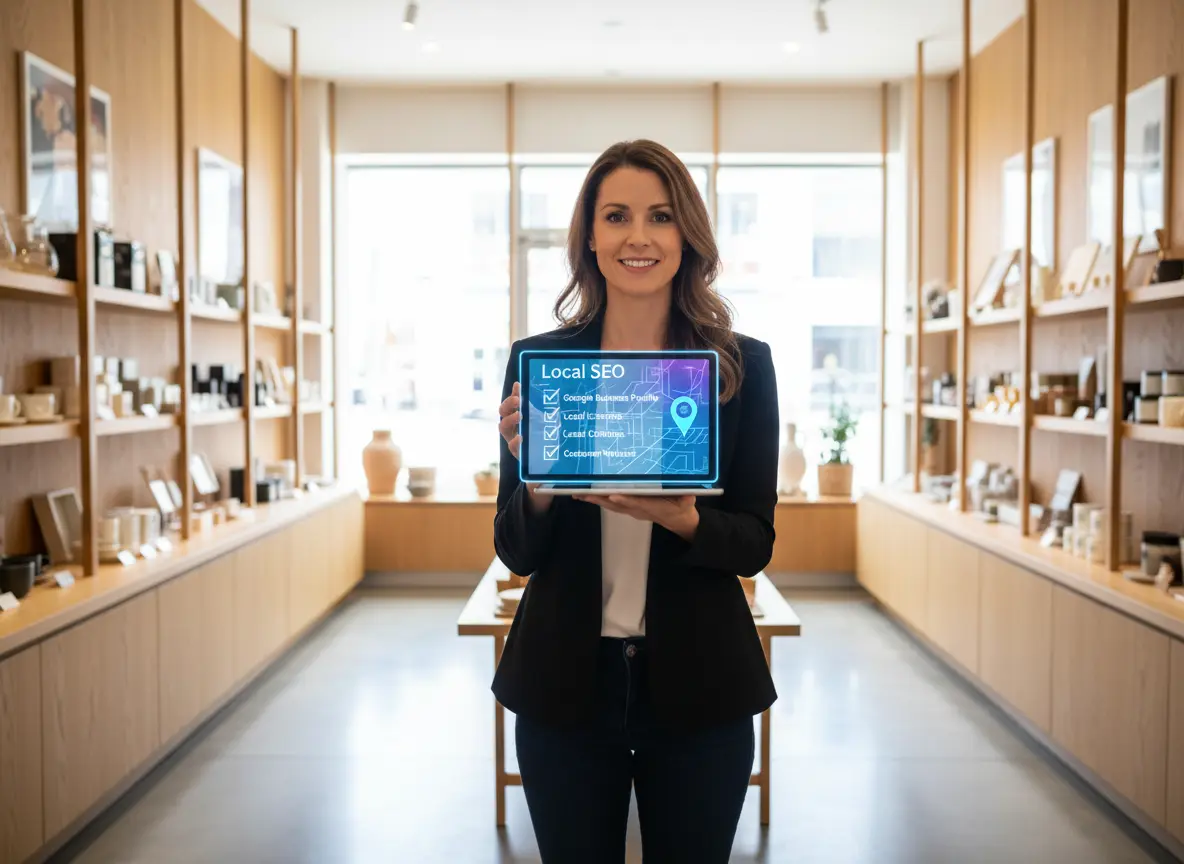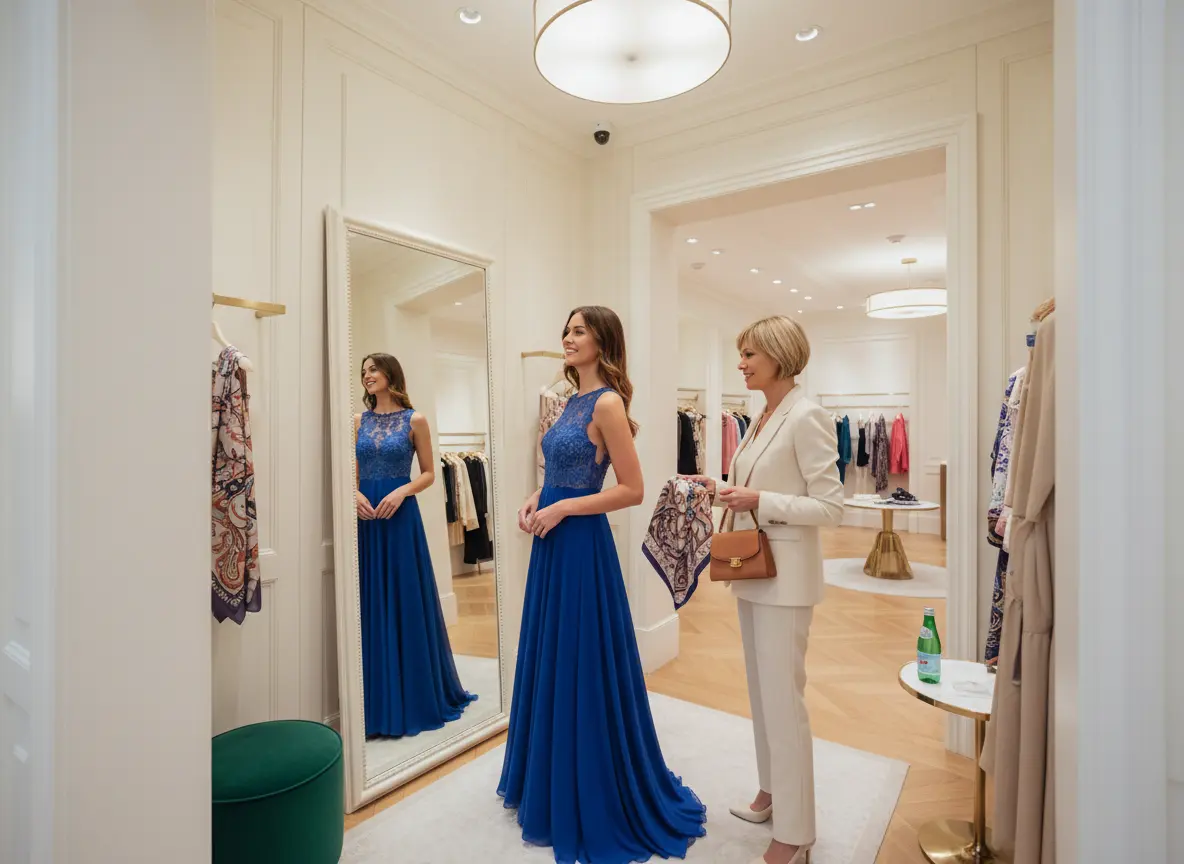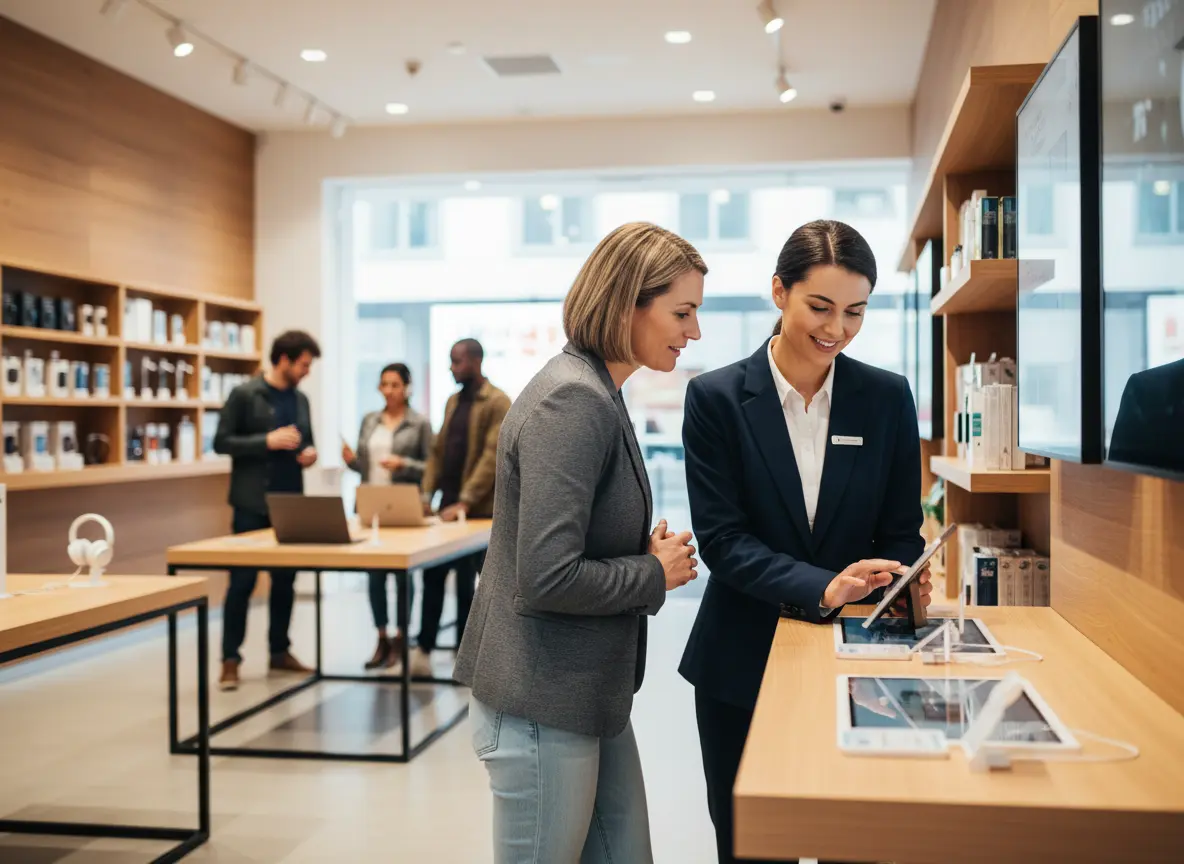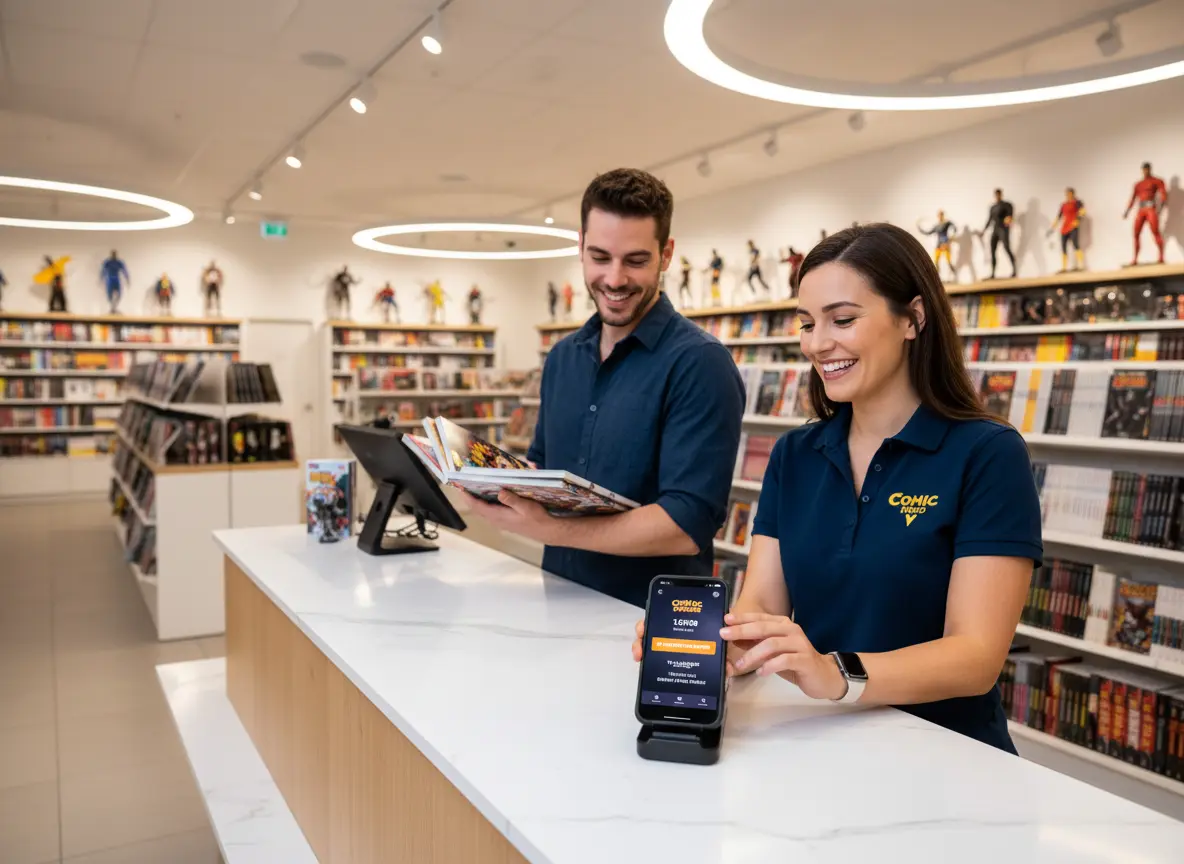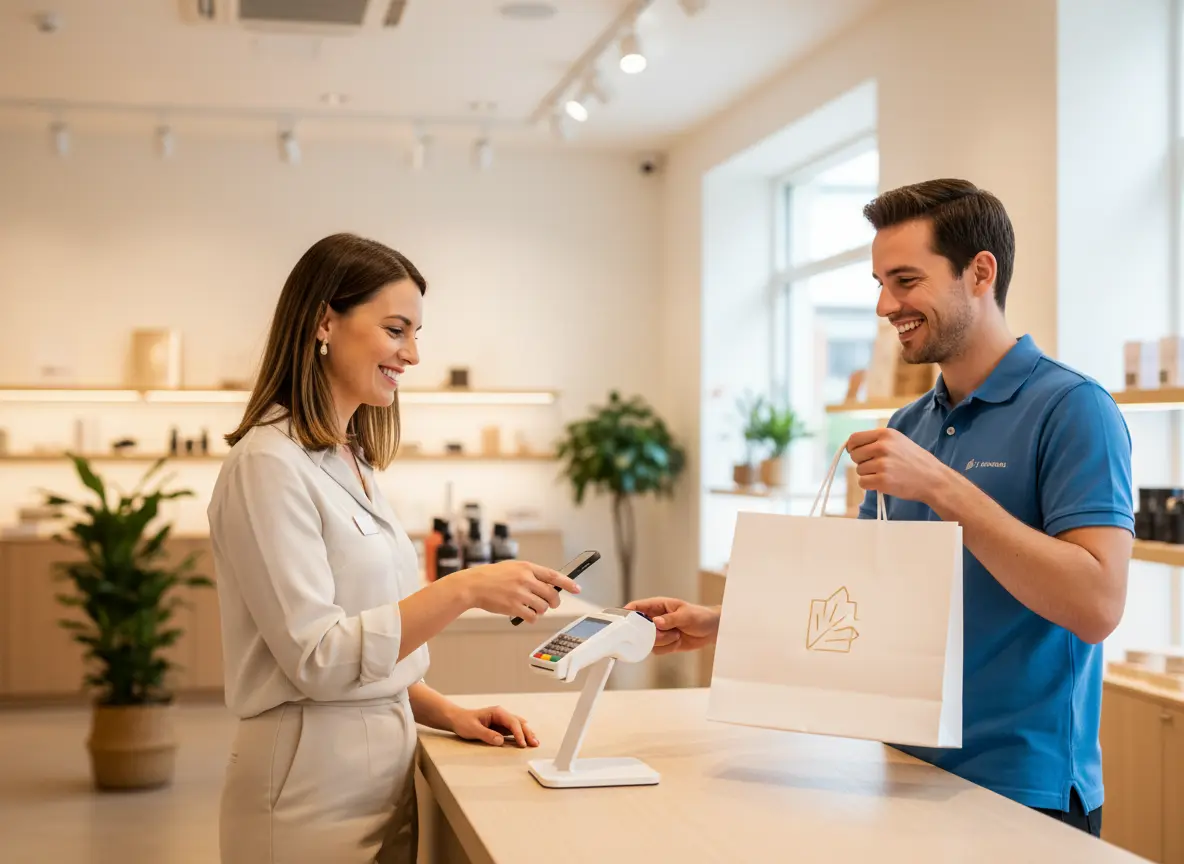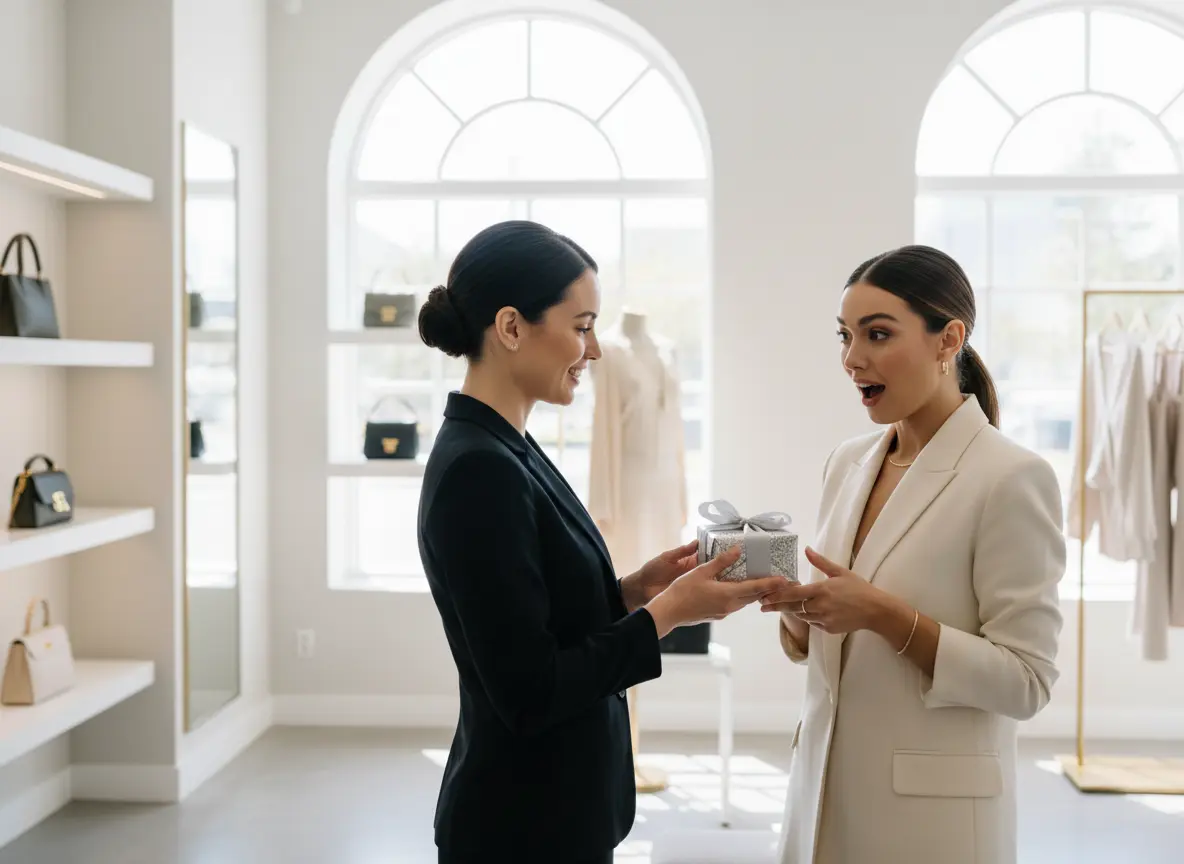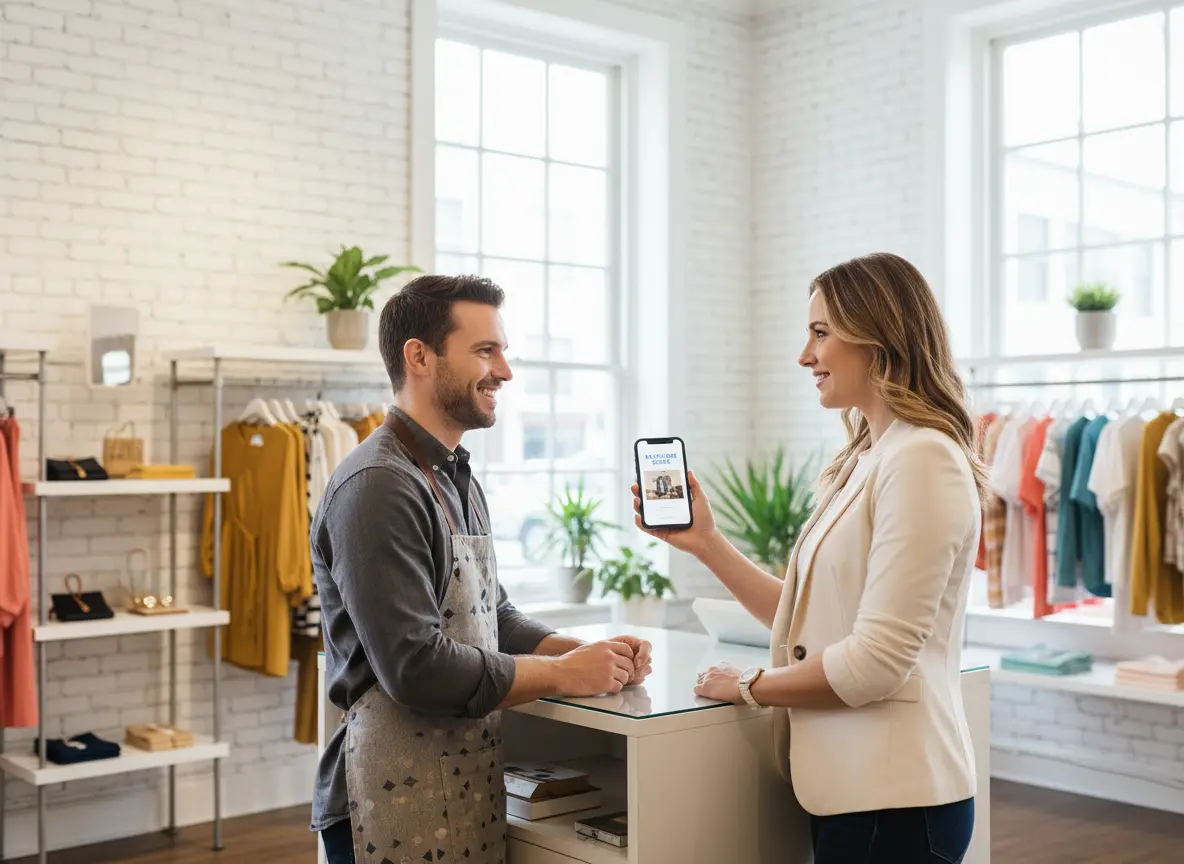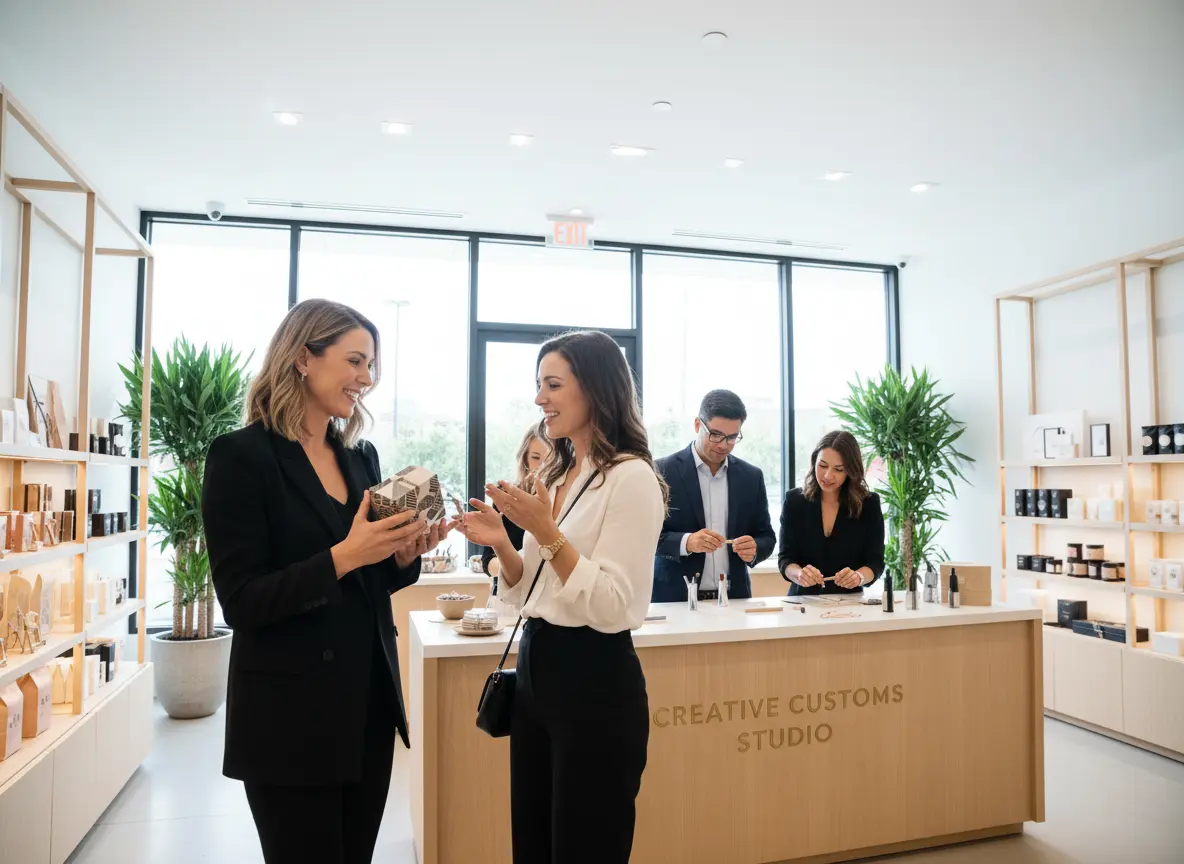Let's Talk About Your Exes (Customers, That Is)
You remember the feeling, right? The little chime of the bell on the door, a new face beaming at your carefully curated displays. They browse, they buy, they compliment your shop. You think, "This is it. A customer for life." You mentally add them to your imaginary Christmas card list. And then… nothing. Radio silence. They’ve ghosted you harder than a bad Tinder date.
Welcome to the retail reality no one likes to talk about: the colossal, silent majority of your customer base. These aren't the haters or the one-star reviewers. These are the people who liked you, paid you, and then vanished into the ether. They are your dormant customers, and studies suggest that for many businesses, up to 90% of a customer list can fall into this category. We spend a fortune—five to twenty-five times more, in fact—chasing shiny new customers while a goldmine of past purchasers sits there, collecting digital dust in our CRMs.
It’s a bit absurd when you think about it. These people have already cleared the highest hurdle: they chose you. They found your store, liked your vibe, and trusted you with their hard-earned money. Winning them back isn't a cold call; it's a friendly "Hey, remember us?" This guide is your roadmap to rekindling that old flame. Let's dive into the art of turning those forgotten files into your most loyal fans.
Diagnosing the Disappearance: Why Did They Ghost You?
Before you can craft the perfect "we miss you" sonnet, you need to play detective. Why did they leave in the first place? It's probably not you, it's... well, it might be you. But it's rarely malicious. Most of the time, customer churn is a crime of passivity, not passion. Let's investigate the usual suspects.
The "One and Done" Phenomenon
Picture this: a customer rushes in, grabs a specific copy of "Moby Dick" for their kid's summer reading list, pays, and leaves. In their mind, you are "the place that had that one book that one time." They are completely, blissfully unaware of your thriving poetry section, your fantastic collection of graphic novels, or the cozy café corner you just installed. They fulfilled a specific, one-time need and mentally checked your store off their list.
The Fix: This is where segmentation becomes your superpower. Stop blasting your entire email list with the same generic newsletter. Tag customers based on their first purchase. That "Moby Dick" buyer? They probably don’t care about your upcoming sci-fi author signing. But they might be interested in a "Classic Literature" spotlight or a "Back to School" promotion. Show them you have more to offer than just that one thing they came for. It’s about demonstrating breadth and relevance beyond their initial, narrow experience.
The Silent Treatment: A Post-Purchase Dead End
So, a customer makes a purchase. They're feeling good. They get an automated receipt from your POS system. And then... crickets. You took their money and ran. You didn't invite them to your loyalty program, you didn't send a follow-up thank you, you didn't offer a single personalized recommendation. It’s the business equivalent of a fantastic first date where you never text them again and then wonder why they’re not at your door with a wedding ring.
The post-purchase experience is where loyalty is born or dies. One of our favorite local shops, "The Cozy Corner Bookstore," faced this exact problem. They implemented a simple, three-step automated email sequence for new customers:
- Day 1: A warm, non-salesy "Thank You" email from the owner, including a link to their blog featuring staff book recommendations.
- Day 7: An invitation to join their free "Bookworm Club" loyalty program, highlighting the perks like birthday coupons and early sale access.
- Day 30: A friendly "It's been a month!" email with a small, no-strings-attached $5 coupon for their next visit.
The result? They reactivated 15% of their first-time buyers who would have otherwise gone dormant. It wasn't magic; it was just good manners.
You've Changed (And They Haven't Noticed)
You’re not the same store you were a year ago. You’ve expanded your inventory, you’ve started hosting community events, you’ve finally fixed that flickering fluorescent light in the back. You’re evolving. The problem is, your dormant customers' perception of your store is frozen in time, like a retail photograph from a bygone era. They don't know about the awesome new you.
The Fix: Don't be shy—reintroduce yourself! Launch a "Come See What's New" campaign specifically for your inactive list. Send an email or a postcard that screams, "We've had a glow-up!" Highlight the top 3-5 biggest and best changes you've made. Frame it as a special invitation for past supporters to come and rediscover their new favorite store. People are naturally curious, so give them a compelling reason to satisfy that curiosity.
Crafting the Comeback: Your Re-Engagement Toolkit
Alright, detective work is done. You have a few solid theories on why your customers have flown the coop. Now it's time to send the signal flare and guide them back home. This requires a compelling message and a flawless experience once they arrive.
The Irresistible Offer They Can't Refuse
Let's be blunt: a generic "10% Off" coupon probably isn't going to cut it. That's the kind of offer they can find under their sofa cushions. To cut through the noise, your win-back offer needs to feel exclusive and genuinely valuable. It should say "We specifically want YOU back," not "Here's a coupon we give to everyone." Consider offers like:
- A Gift, Not a Discount: "We Miss You! Here's $10 On Us." The psychology of a cash value feels more like a gift than a percentage-based discount that requires them to spend more to save more.
- A Value-Add: "Come back and get a free tote bag with any purchase." This provides a tangible item and can be more appealing than a small discount.
- Exclusive Access: "As a past customer, you're invited to our VIP Early Access Sale." This creates a sense of exclusivity and importance.
The key is to make them feel special. You’re not just another marketing email in their inbox; you’re a friendly face extending a personal invitation.
Using In-Store Magic to Keep Them Hooked
You did it! Your clever email worked, and a re-engaged customer just walked through your door. This is the critical moment. If their return experience is mediocre, you've lost them for good. You and your staff might be swamped, but that first impression has to be perfect. This is where a little bit of modern magic can make all the difference. An in-store assistant like Stella ensures that no one walks in unnoticed.
Imagine your returning customer, coupon in hand, being greeted warmly and immediately. Stella can be programmed with a special message for the occasion: "Welcome back! We're so glad you're here. If you received one of our 'We Miss You' emails, be sure to check out our new arrivals—your special offer is good on everything in the store!" It validates their decision to return and creates a seamless bridge from their inbox to your sales floor. Furthermore, an assistant like Stella prevents your current customers from going dormant by consistently and tirelessly promoting the very things that build loyalty: your events, your special offers, and your loyalty program. She’s the perfect employee for ensuring every visit is engaging, leaving customers with a reason to come back sooner rather than later.
The Long Game: Turning "Welcome Back" into "See You Soon"
Getting them back in the door is the battle. Keeping them is the war. The goal isn't a single repeat purchase; it's to reset the relationship and integrate them back into your community of regulars. This requires shifting from a transactional mindset to a relational one.
From Transaction to Relationship: The Power of Personalization
Once they've made that second purchase, you have a new, richer data point. Use it. Don't just revert to sending them generic marketing blasts. If they came back and bought a book on gardening, your next communication should be about the new shipment of heirloom seed guides, not your semi-annual sci-fi sale. It’s almost like you have to… remember things about your customers. The horror.
This doesn't require a million-dollar CRM. A simple email marketing platform with tagging capabilities or even a well-organized spreadsheet can do the trick. A simple, personal note—"Hey Jane, saw you picked up the latest Stephen King novel. You're going to love it! Just wanted to let you know we're getting his signed limited edition next month if you're interested in pre-ordering."—is infinitely more powerful than "Our Monthly Newsletter Is Here!"
Building a Community, Not Just a Customer List
What's the difference between a place people shop and a place people belong? Community. People will drive past five generic big-box stores to get to the one where they feel a connection. This is your single greatest advantage as a local retailer. How do you build it? You become a hub.
- Book Clubs: Host a monthly club for different genres.
- Author Events: Even small, local authors can draw a passionate crowd.
- Workshops: Think outside the box. A "How to Journal Effectively" or "Intro to Calligraphy" workshop brings people into your space for reasons other than just buying.
- Kids' Story Time: Create a loyal following of parents who will browse (and buy) while their children are entertained.
These events transform your four walls into a "third place"—a social hub outside of home and work. They create sticky relationships that a 10% off coupon from an online behemoth can never replicate.
The Feedback Loop: Just Ask Them!
Want to know how to keep your newly returned customers from drifting away again? Ask them. It's revolutionary, I know. After they visit, send a simple, one-question survey: "What's the #1 thing we could do to ensure you visit us more often?" Or place a simple QR code at the register that links to a feedback form. Don't ask for a 20-minute life story; keep it short and to the point.
This accomplishes two things. First, you get incredibly valuable, direct feedback from the exact demographic you're trying to retain. Second, and perhaps more importantly, you make the customer feel heard. You're signaling that you value their opinion more than just their wallet, which is the cornerstone of any lasting relationship.
A Quick Reminder About Stella
While you're mastering the art of the perfect win-back campaign, don't forget about the in-store experience that seals the deal. A tireless brand ambassador like Stella can be your secret weapon, ensuring every single shopper who walks through your door feels welcomed, informed, and engaged. She's the perfect partner in turning those hard-won returning customers into lifelong fans.
Conclusion: Go Wake the Dead (Customers)
Your dormant customers aren't a lost cause; they're your biggest opportunity. They are a warm audience that, for one reason or another, has simply forgotten how great you are. It's your job to remind them. Stop pouring your entire marketing budget into chasing strangers and dedicate a little time to wooing your old friends back. They already know the way to your door.
Here are your marching orders:
- Identify Them: Pull a list of all customers who haven't made a purchase in the last 6-12 months.
- Pick a Target: Don't try to win everyone back at once. Start with a small, manageable segment, like your highest-spending inactive customers.
- Craft Your Offer: Create a compelling, valuable, and slightly exclusive "we miss you" offer and send it their way.
- Measure and Repeat: Track your open rates, click-through rates, and, most importantly, your reactivation rate. See what works, refine your approach, and go after the next segment.
So go on, open that dusty CRM and start digging. Your forgotten fans are waiting for you. And trust us, they definitely need a new book.

